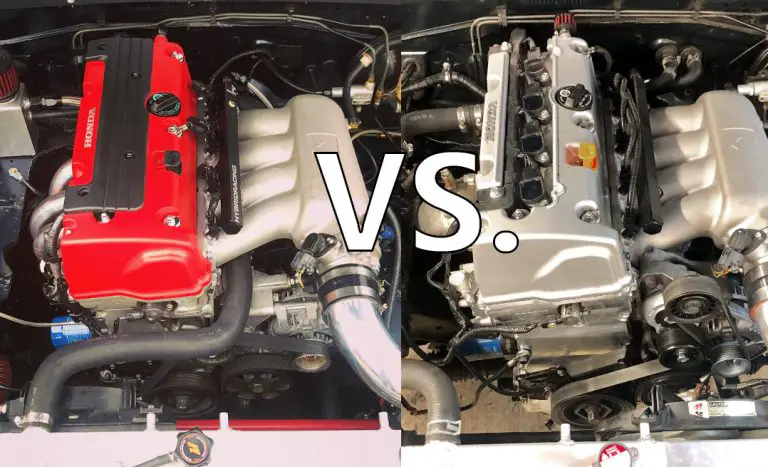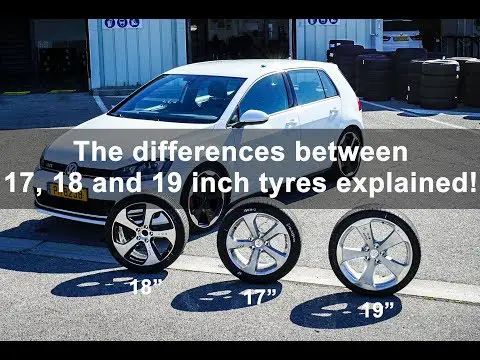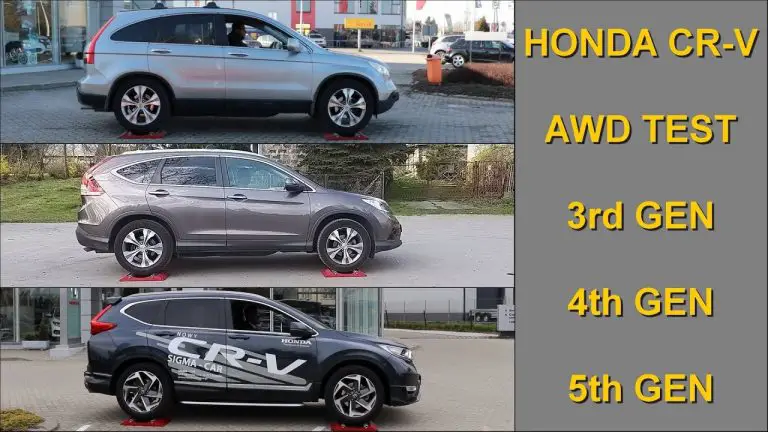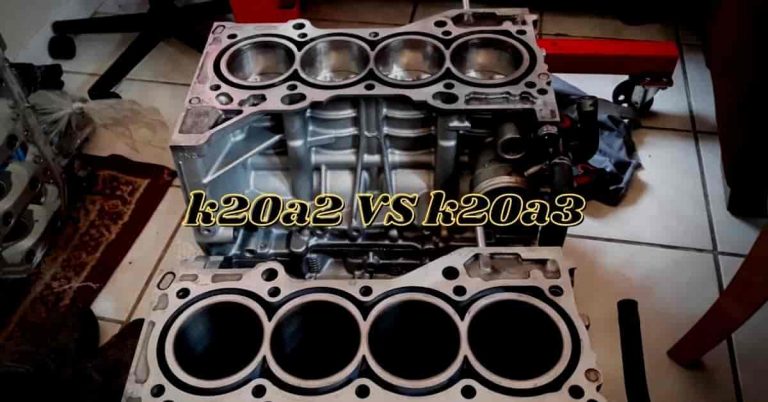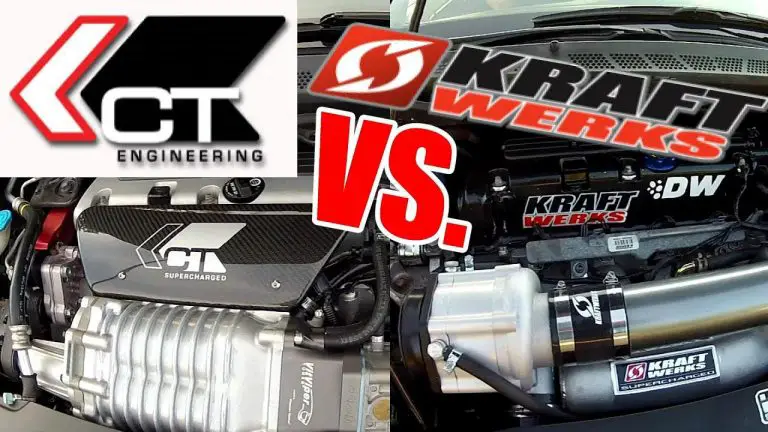There’s a lot of debate in the automotive world about which type of transmission is better, an M CVT or an LL CVT. Both have their pros and cons, so it really comes down to what you’re looking for in a car. Here’s a breakdown of each type of transmission so you can decide which one is right for you.
M CVTs are known for their fuel efficiency and smooth driving experience. They don’t have any gears, so there’s no shifting required. This makes them ideal for city driving or long highway drives.
However, because they don’t have gears, they’re not as good at handling stop-and-go traffic or quick acceleration. LL CVTs are designed for performance and handling. They have gears like a traditional automatic transmission, but they’re continuously variable, so there’s no shift shock when you’re accelerating.
This makes them great for track days or off-road driving. However, because they do have gears, they’re not as efficient as M CVTs and can be jarring to drive in stop-and-go traffic.
When it comes to CVTs, there are two main types: M CVT and LL CVT. Both have their own pros and cons, so it’s important to understand the difference between them before making a decision.
M CVTs are known for being more efficient and having a wider range of gears.
This makes them ideal for city driving or any situation where you need to frequently change gears. They’re also generally more affordable than LL CVTs.
However, M CVTs can be less reliable and may not last as long as an LL CVT.
They also don’t handle high speeds as well, so if you’re looking for a CVT that can handle the open road, an LL CVT is a better option.

Credit: www.bolnews.com
What are M Cvt And Ll Cvt?
M CVT and LL CVT are two types of continuously variable transmissions (CVTs). M CVT is a type of CVT that uses a metal belt or chain to transfer power between the pulleys. LL CVT is a type of CVT that uses an oil-filled chamber to transfer power between the pulleys.
What is Honda M Cvt?
Honda M CVT is a continuously variable transmission developed by Honda. It was first introduced in the 2006 Honda Civic and has been used in a variety of Honda vehicles since then. The biggest advantage of this type of transmission is its fuel economy, as it can provide better mileage than a traditional automatic transmission.
In addition, it also offers a smoother driving experience and reduced engine noise.
M-Cvt Transmission
The M-CVT is a type of automatic transmission that is designed to provide better fuel economy than a conventional automatic transmission. It does this by using a continuously variable transmission (CVT) instead of a traditional gearbox. The M-CVT was first introduced in the Honda Fit in 2009 and has since been used in a number of other Honda and Acura vehicles.
The main advantage of the M-CVT over a traditional gearbox is its ability to keep the engine operating at its most efficient point for any given speed. This results in better fuel economy, as well as reduced emissions. In addition, the M-CVT can provide a smoother driving experience, as there are no gear changes required during acceleration or deceleration.
One potential downside of the M-CVT is its increased complexity compared to a traditional gearbox. This can make it more expensive to repair or replace if something goes wrong. In addition, the M-CVT may not be compatible with all types of engines, so it’s important to check compatibility before purchase.
Conclusion
There are two main types of CVT: M-CVT and L-CVT. The difference between the two is that M-CVTs have a higher top speed and can handle more power, while L-CVTs have a lower top speed but are more fuel efficient.
